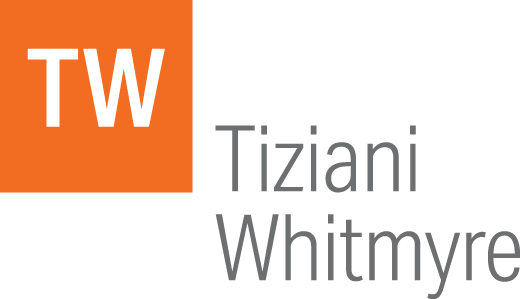What Marketing Content is Working?
A B2B or life science lead-generation program is only as good as the quality of its content. With half of the marketing leaders in a recent study calling their content somewhat or completely worthless, it’s evident massive quantities of info-junk are being dispersed that simply bounce off the intended audience.1
The study’s participants cited three major reasons why their content marketing programs were deficient:
- Content isn’t personalized (50%)
- Not enough content to support the marketing program (36%)
- Content lacks variety (32%)
The marketing leaders that called their content “ineffective” identified their most-desired improvement areas as:
- The ability to personalize (60%)
- Improving the level of actionable data/insights to understand what content is most effective (50%).
TW TAKEAWAY: It seems that few B2B and life science companies are effectively personalizing their content. A “one-size-fits-all” approach means only a small portion of the target audience will engage with the content. We recognize that most companies cannot market on a one-to-one basis. However, when content is tailored to the needs of a specific industry, application, job title, or stage in the buying cycle, dramatic improvements are experienced in engagement and response.
Words and formats that work
A Netline study found that among different audience profiles, certain words and topics appeared far more effective in generating responses. For example, the words that resonated most with executives included communications, time management, leadership, increasing profitability, product-based learning, and career development. These topics are well aligned with senior management issues and speak to their needs to increase productivity and profitability.2
On the other hand, individual contributors were focused on granular skills-based or tactical topics that made jobs easier or solved problems. Title elements that worked best included, “25 Tips,” “How to,” “Report,” “Secrets,” and “Guide to.”
The Netline study also suggested that humanizing content makes it more engaging. “Some of the most popular content is built upon a relatable framework; blending work and life into interesting bits of useful knowledge,” concluded the study.3
The research also identified the most-valued content formats. Research papers/case studies (60%), photos/infographics (34%) and blog posts/articles (31%) were the most trusted forms of content.4
TW TAKEAWAY: Content that solves a prospect’s problems and concerns is most likely to stimulate engagement and response. For example, personalized topics such as “How to Qualify a LiDAR Sensor for Automotive Applications,” and “The Guide to Understanding Differential Pressure Monitoring in Sterility Filtration” have generated hundreds of high-quality leads within days of release. Our experience has shown that technical/scientific papers and webinars are the most effective content formats for lead generation, while videos, application briefs, and infographics are ideal for lead nurturing.
Our next post will review how to successfully share your content with prospects.
For copies of the studies referenced below, email rwhitmyre@tizinc.com.
References
1 The New Marketing Standard: How Today’s Successful B2B Marketers Accelerate the Buyer’s Journey with Content, Heinz Marketing, November 2019.2
2, 3, 4 2019 State of B2B Content Consumption and Demand Report for Marketers, Netline Corporation, June 2019.


